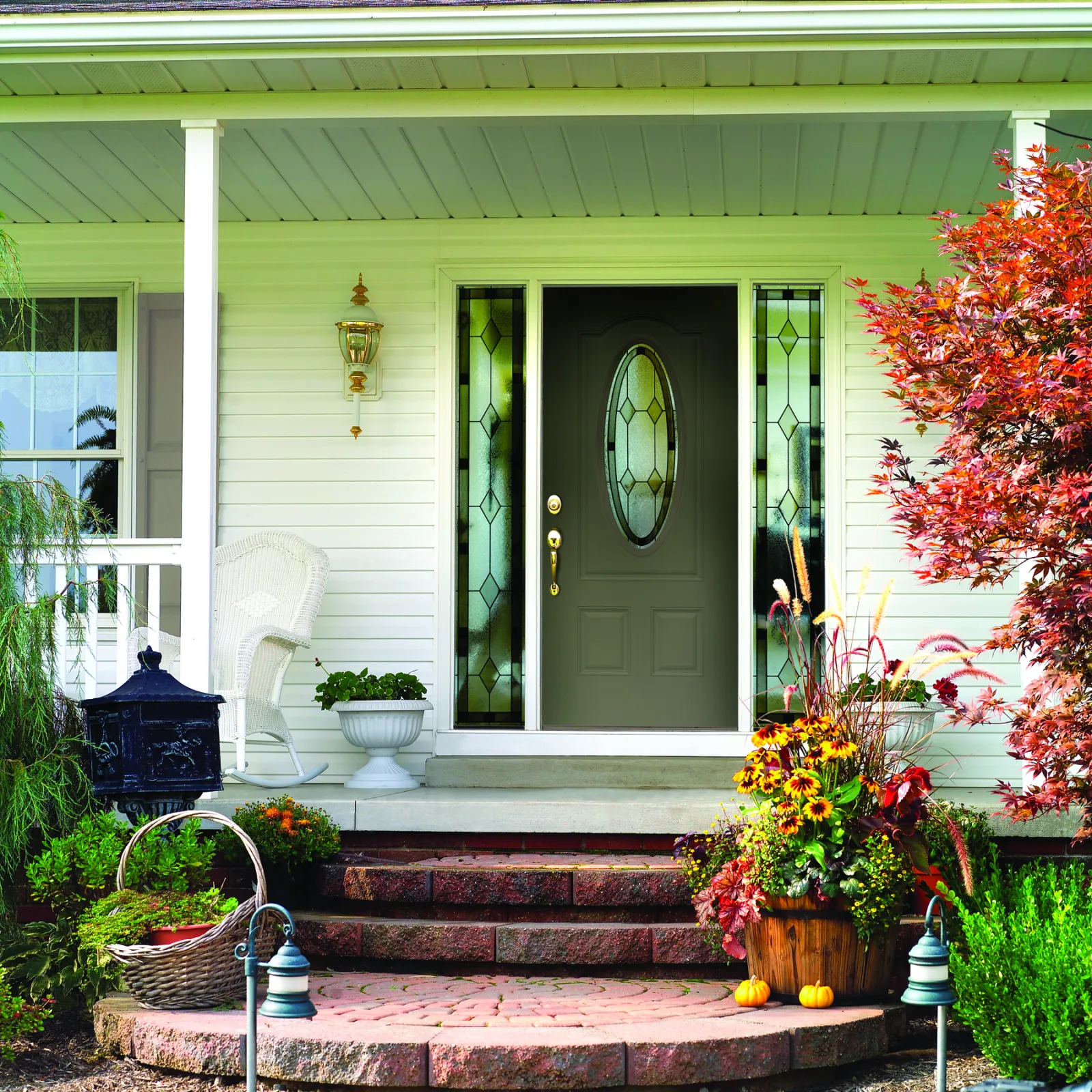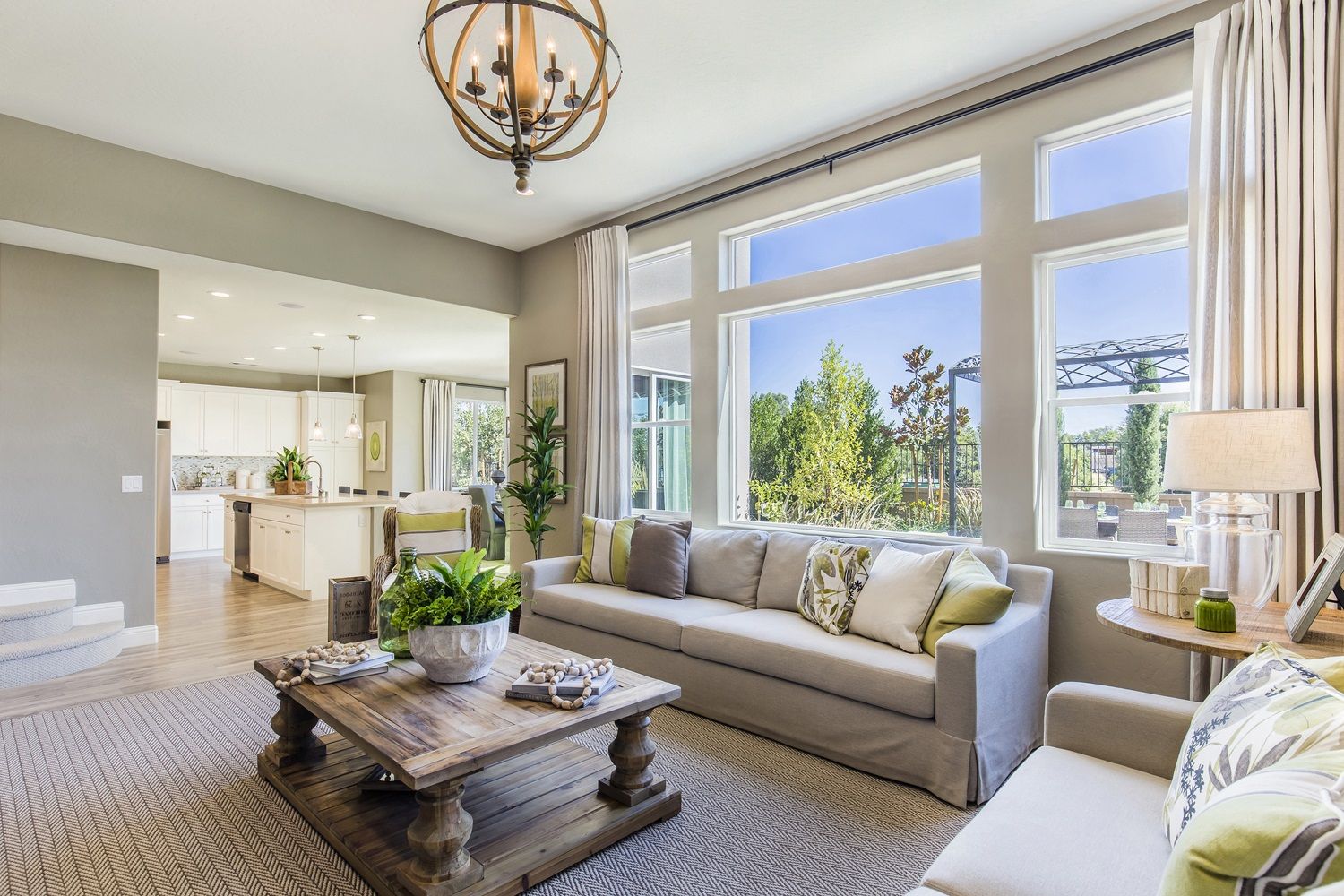5 Ways to Budget for a Home Upgrade
Posted on April 24, 2024
Posted in Home Improvement , Replacement Windows , Bathrooms
Many homeowners avoid or delay home upgrades because they think they can't afford it. But a little budgeting and planning can go a long way. Before you know it, you'll have a nice fund set aside for the home upgrade of your dreams.

It doesn't just happen, though. You have to be proactive about budgeting for a home upgrade. Here are five ways to do just that.
1. Assess Your Finances
Setting any budget starts with taking a look at your current financial situation. But many homeowners (especially if it's their first home) don't have a lot of experience with creating one. First, evaluate your income, savings and existing expenses, then determine how much you can comfortably allocate to your upgrade project(s). Be realistic and safe, however—you don't want to risk overextending yourself financially and there are always miscellaneous expenses we can't plan for that need to be taken into account.
2. Research Costs

With price fluctuations, it's imperative to do your research and find out how much materials, contractors and other elements like permits really cost. You can't assume anything. This will help you prioritize your projects and see what is feasible (and what isn't). Whether it's a new front door or a window replacement, having a clear understanding of the costs involved will help you budget more accurately. If it's been some time since you checked prices, you may want to update your budget since raw materials can vary in cost over time.
3. Prioritize Projects
Next, determine which home improvements you want to do first and how many you can afford in your time frame. Consider projects that provide the most value and satisfaction and set your priorities accordingly. The more effectively you can budget now, the better your position will be for tackling future projects down the road.
4. Consider Financing

Sometimes, you need a home upgrade that can't be covered by your existing assets. Financing can help bridge the gap, so consider your options. These include home equity loans, personal loans or lines of credit. Of course, no one wants to add additional financing to their plates, but these funds can help you complete your project while spreading payments out over time. Weigh the pros and cons of financing, look at your options carefully and make a decision that aligns with your financial circumstances.
5. Plan for Contingencies
Even the best home upgrade plans must be adjusted if unexpected expenses or issues arise during the course of your home upgrade project. You can avoid being caught off guard, however, if you set aside a contingency fund that covers unforeseen costs or changes to the project scope. Most experts recommend that you allocate 10-20 percent of the total project budget for contingencies, giving you peace of mind and a better ability to handle challenges that pop up.
If you'd like more tips for home upgrade budgeting—or would like to request a no-obligation quote—contact Expo Home Improvement today.
